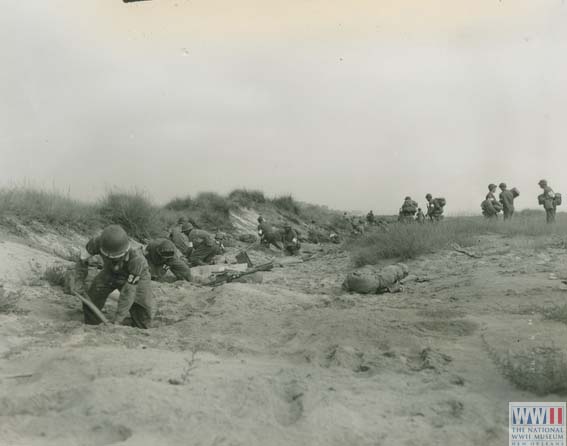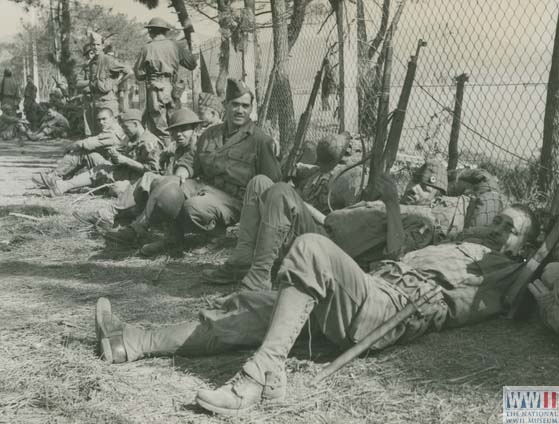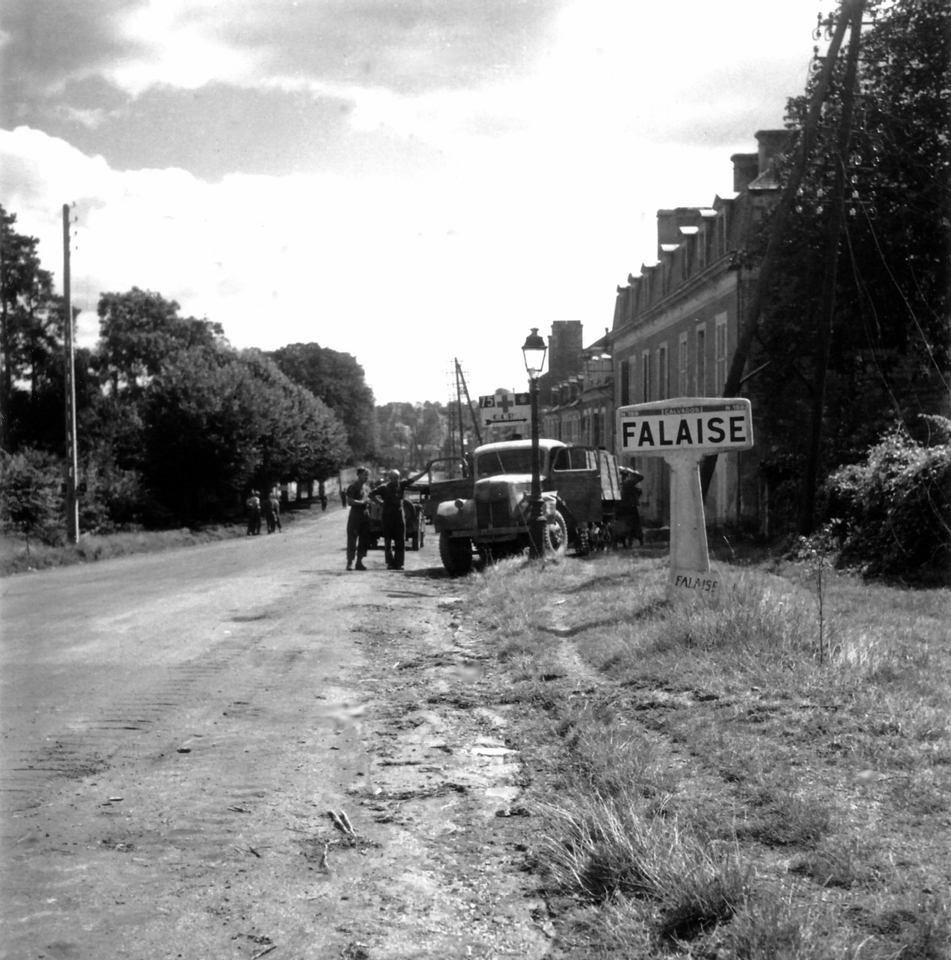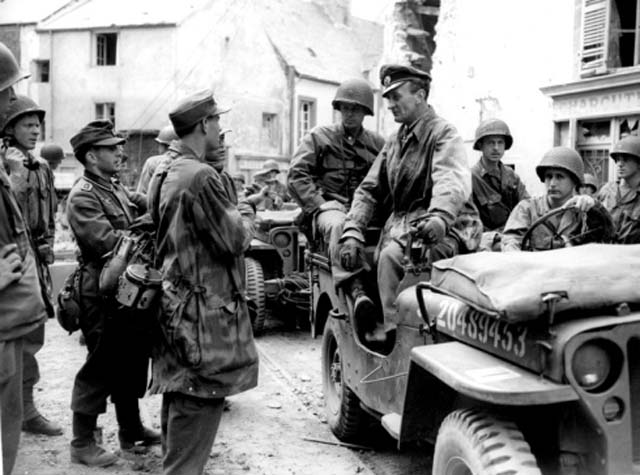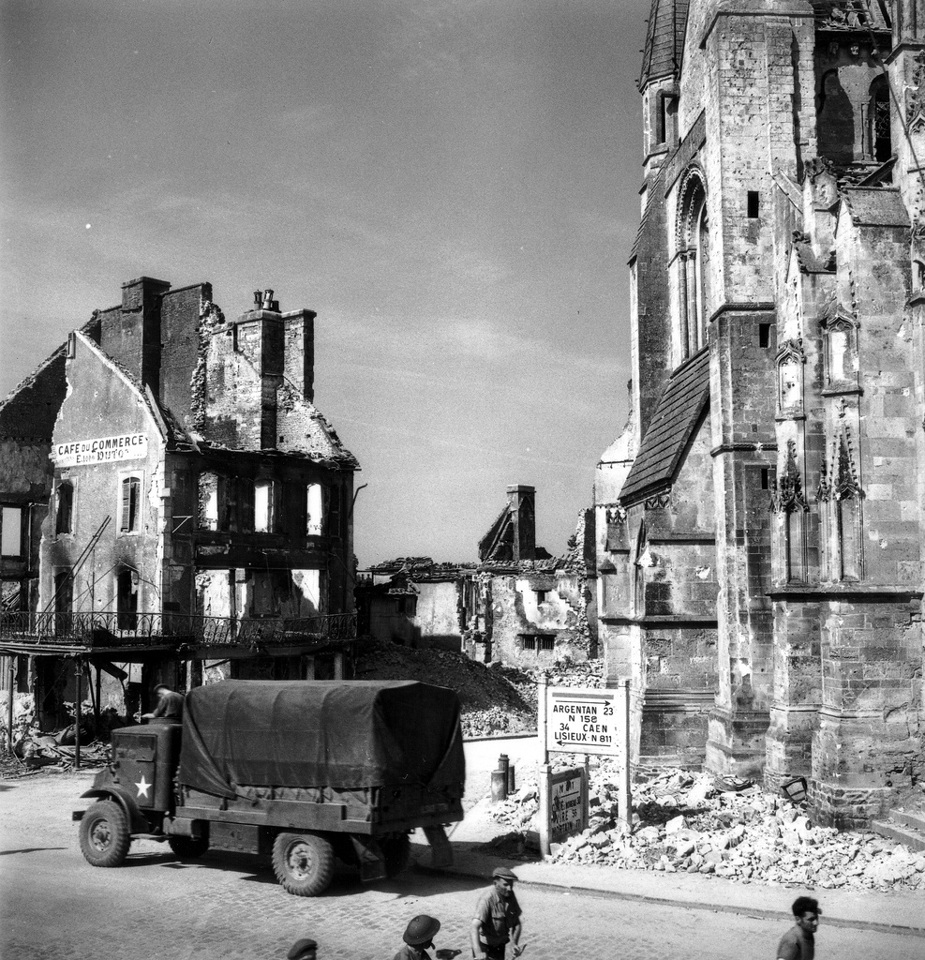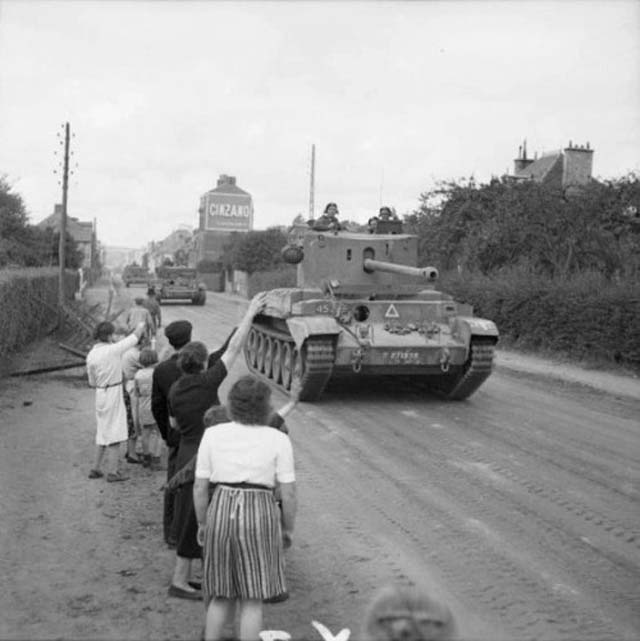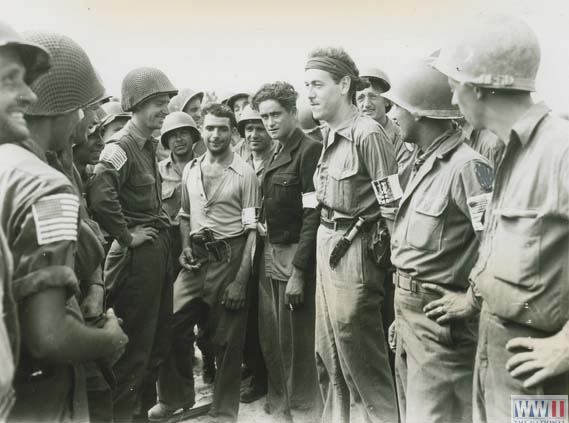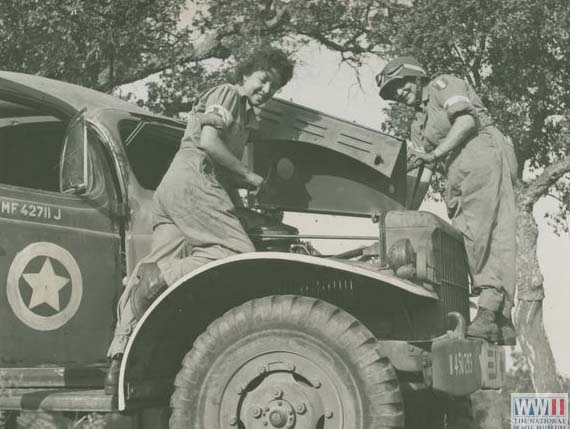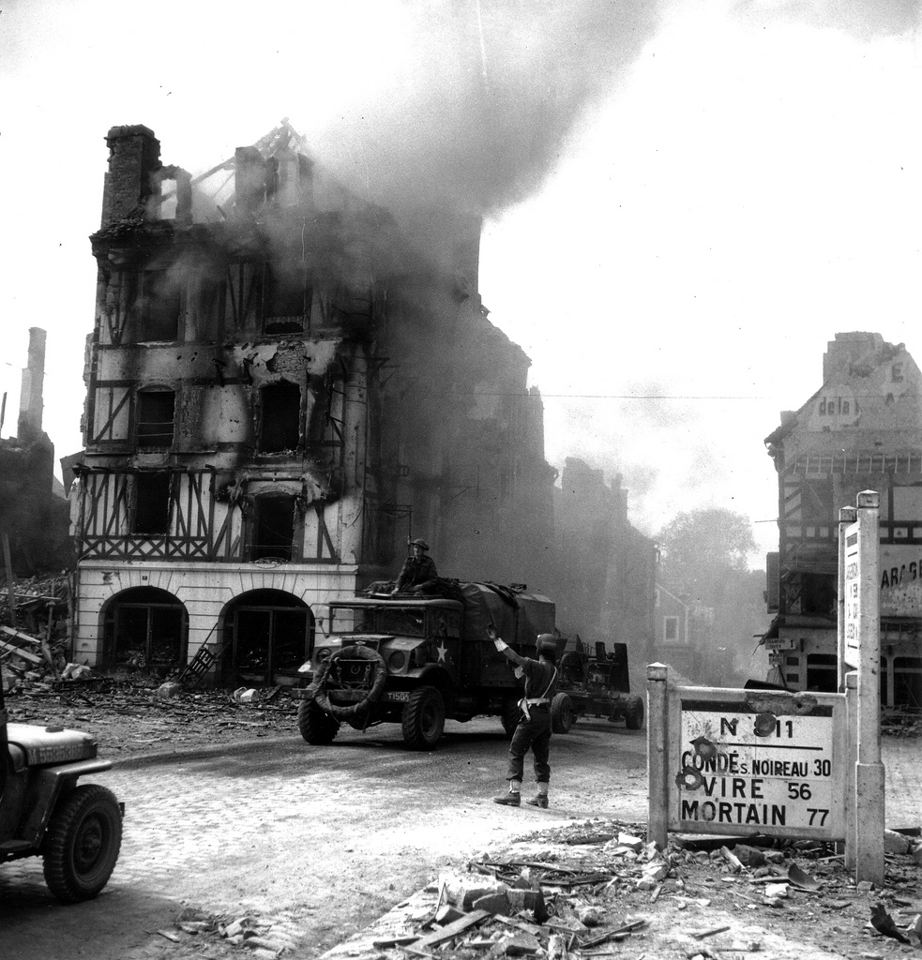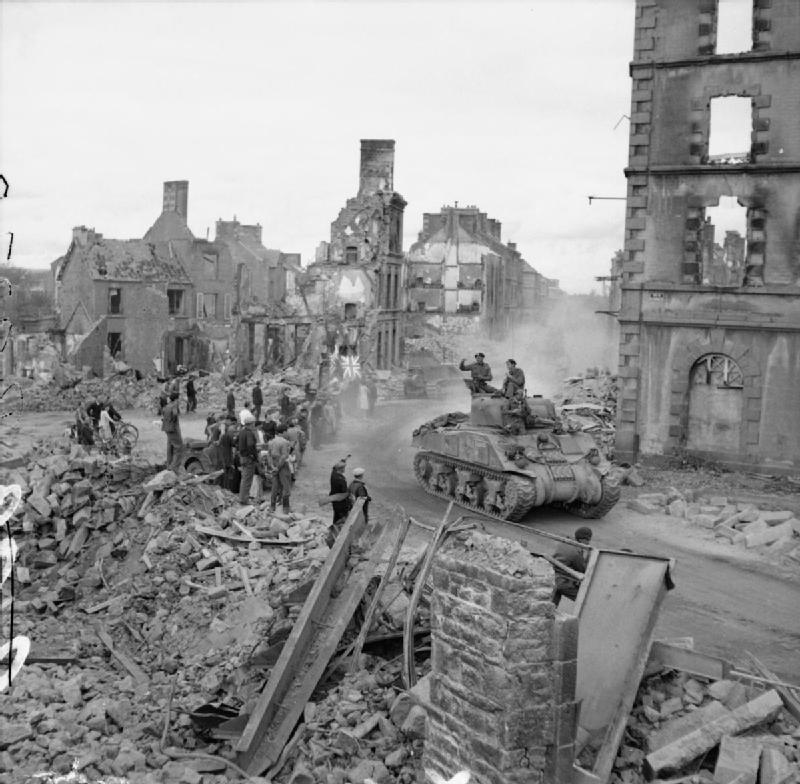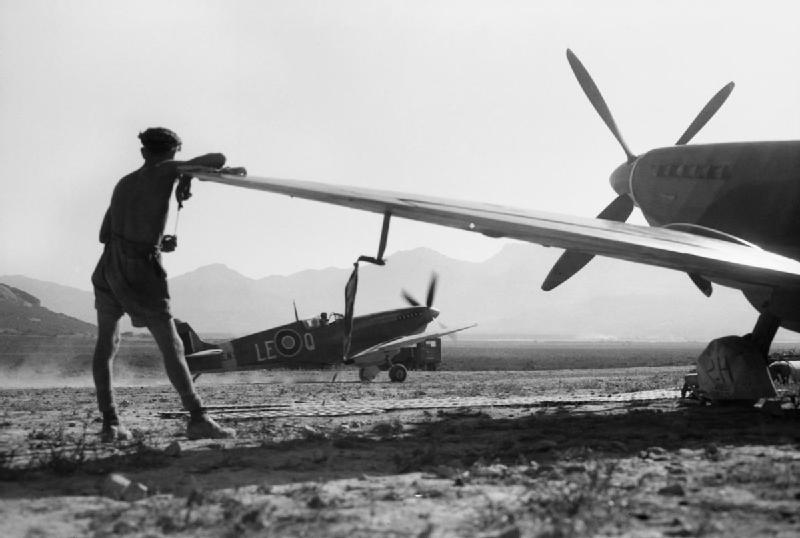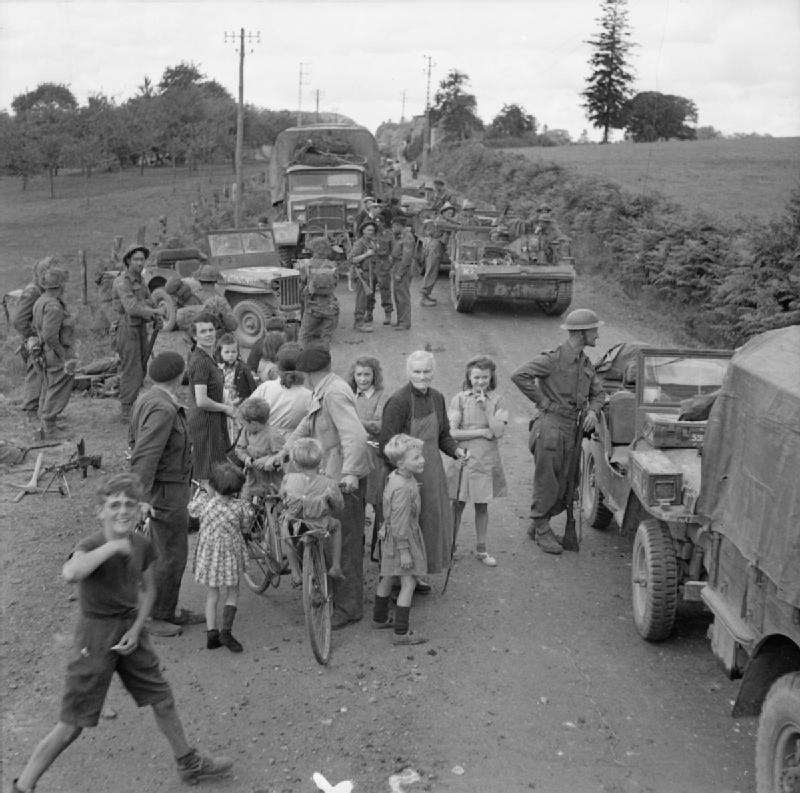Air Operations, Carolines
During the night, 868th Heavy Bomb Squadron SB-24s attack Japanese airfields and defenses in the Palau Islands.
[Air Operations, CBI
BURMA- 9 10th Air Force B-25s attack Katha.
- 47 10th Air Force fighter-bombers support Allied ground forces around Pinwe.
- 12 fighter-bombers attack Bilumyo and Nanyinbya.
- 12 fighter-bombers attack artillery positions and stores around Momauk.
- 14th Air Force fighter-bombers supporting Chinese Army ground forces on the Salween River front attack targets in eastern Burma.
- 24 308th Heavy Bomb Group B-24s attack Yoyang.
- 18 341st Medium Bomb Group B-25s attack rail yards and stores at Chiuchiang.
- 4 B-25s attack the airfield at Hengyang and nearby road traffic.
- More than 100 14th Air Force fighter-bombers attack targets in the Salween River area and throughout east-central China.
- 8 14th Air Force P-40s attack shipping near Haiphong and along the coast.
Air Operations, East Indies
- V Bomber Command B-24s attack airfields on Amboina, Boeroe, and Ceram.
- B-25s strafe ground positions at Dili (Timor) and in the Kai and Moloe islands (Molucca Islands).
- B-25s sink a merchant ship off Halmahera.
- 8th Fighter Group P-38s down 1 Ki-21 'Sally' bomber, 1 A6M Zero, and 6 Ki-43 'Oscar' fighters around Amboina between 1415 and 1435 hours.
Air Operations, Europe
RAF BOMBER COMMANDDaylight Ops:
- 79 Halifaxes of No. 4 Group are sent to bomb shipping in the port area of Brest, but the target area is covered by 7/10ths cloud. Only 54 aircraft drop their bomb and the results are unobserved.
- There are no losses.
- 55 OTU Wellingtons and 14 RCM aircraft carry out a sweep over the North Sea without loss. This type of operation is now being flown on some nights when no major raid is going on, in order to draw up the German fighters and cause them to waste fuel. These sweeps are, therefore, part diversionary to confuse the German controllers but also part of the campaign against German oil supplies.
- 37 Mosquitos are sent to Mannheim, and 3 each to Dortmund, Kamen and Sterkrade, 12 Halifaxes lay mines off the Biscay coast, 4 aircraft are on Resistance operations, and there are 14 Mosquito patrols and 15 RCM and 2 OTU leaflet sorties.
BELGIUM:
- In the first attack of its kind by a USAAF fighter in the ETO, a 56th Fighter Group P-47 fires six aerial rockets at rail cars in a rail yard at Braine-le-Comte. All six rockets hit targets, and four rail cars are left burning.
FRANCE:
- 397 VIII Fighter Command fighter-bombers attack communications and transportation targets throughout the region between Paris and Brussels.
- 7 aircraft are lost with their pilots
- An Operation APHRODITE television-guided B-17 flying bomb is successfully directed against a target at La Pallice.
FRANCE:
- More than 400 IX Bomber Command B-26s and A-20s attack seven road bridges and one rail bridge.
- XIX TAC fighter attack a Gestapo headquarters near Chateauroux.
- During the afternoon, XIX TAC fighter pilots down 3 Luftwaffe aircraft over France.
FRANCE:
- Approximately 100 12th Air Force B-26s attack supply and communications targets and coastal defenses in and around Toulon.
- XII TAC A-20s drop ammunition to Allied forces in the invasion area.
ROMANIA:
- Against no Axis fighter opposition whatever, about 250 15th Air Force B-24s attack three refineries and targets of opportunity around Ploesti.
Air Operations, New Guinea
- V Bomber Command A-20s attack oil installations at Klamono.
- V Fighter Command fighter-bombers attack stores and artillery positions at Manokwari and Ransiki, and troops around MacCluer Gulf.
- P-40s support a landing by US Army troops at Wardo, Biak.
- P-39s strafe ground targets at But, Marubian, and between Cape Wom and the Dandriwad River.
Air Operations, Volcano Islands
30th Heavy Bomb Group B-24s attack Iwo Jima.
[CBI
CHINAGen Chennault asks Gen Hearn to send US supplies to the Chinese to assist them in recapturing Heng-yang, regardless of the Nationalist Government's view on this matter.
[Diplomatic Relations
Bulgaria announces it wishes to stop fighting.
[Eastern Front
In Lithuania the German Army Group North sends in counterattacks all along the line but especially against Siauliai. The aim is to prevent Riga being cut off and to eliminate the threat to its armies still in Estonia. Further south, the 3rd Belorussian Front reaches the border of East Prussia along the Sesupe River and begins to bombard German territory.
NORTHERN SECTORFighting in Latvia intensifies as the 3rd Panzer Army throws more than 300 panzers and assault guns into the attack toward Riga. The 2nd Guards Army is hard pressed by the 3rd Panzer while the 51st is hit by elements of both the 3rd Panzer and 16th Armies. The 16th is continuing to attack south of Jelgava.
CENTRAL SECTORThe 33rd Army of the 3rd Belorussian Front crosses the East Prussian border and gains a minor bridgehead across the Sesupe River.
[Italy
Plans for the offensive against the Gothic Line are finalized. The US 5th Army will attack on an 8-mile front between Florence and Pontassieve on 72 hours' notice after 0001, 25 August. During the first phase, the II Corps, making the main effort, is to take Monte Morello, Monte Senario, and Monte Calvana. The British XIII Corps is to take Monte Giovi. The attack is to penetrate the Gothic Line during the second phase.
In the British 8th Army area, the Polish II Corps postpones the attack across the Cesano, planned for this time, until mine fields can be cleared.
3.html#44081303">New Guinea
The American holdings near Aitape are extended by a general advance. Units of the US 43rd Division advance in all directions, meeting with enemy resistance only near the mouth of the Dandriwad River.
On Noemfoor Island, after a long pursuit, the US 503rd Parachute Regt finally succeeds in engaging and destroying the greater part of the tiny Japanese garrison.
On Biak Island, the 1st Battalion of the 186th Infantry, less Company B but reinforced by Company E, lands from LCMs at Wardo Bay against token resistance. After this, the Japanese remnants on Biak break up into small groups without hope of making a further stand.
In the Vogelkop area, Gen Barnes of the XIII Air Task Force, reports the strip on Middleburg Island ready for fighters, a day ahead of schedule.
[Northern France
The capture of Falaise is completed by the Canadian 2nd Div. The damage to the town in the bombing and bitter fighting of the past few days has been so severe that in many places it is impossible to tell where the streets once were. The gap between the Canadian front to the north and the US V Corps to the south through which the units of the German 5th Pzr Army and 7th Army can escape encirclement is reduced to a minimum. But during the previous night, without asking Hitler's authority, von Kluge orders the withdrawal of the units of those 2 armies which are in the pocket between Falaise and Argentan.
In Brittany, the garrison of the St Malo citadel surrenders to the Americans of the 83rd Div, VIII Corps. To the south and west of these battles the American advance into the heart of France continues. Dreux, Charteaudun and Orleans are taken.[NF]
Hitler dismisses Field Marshal von Kluge. Walther Model is appointed in his place. Von Kluge is suspected of being involved in the bomb plot to kill Hitler of which he had practically no knowledge, but he had been involved with the Allies on armistice negotiations. Von Kluge commits suicide on Aug 18 rather that face a treason trial.
[Pacific
The US submarine Croaker (SS-246) sinks the Japanese merchant cargo ship Yamatero Maru (6862t) off the west coast of Korea.
[Southern France
Among the towns taken in the Allied advance are St Raphael, St Tropez, Frèjius, Le Luq and St Maxime. There is little German resistance.
[Images from August 17, 1944
|
|
|
|
|
|
|
|
|
|
|
|
